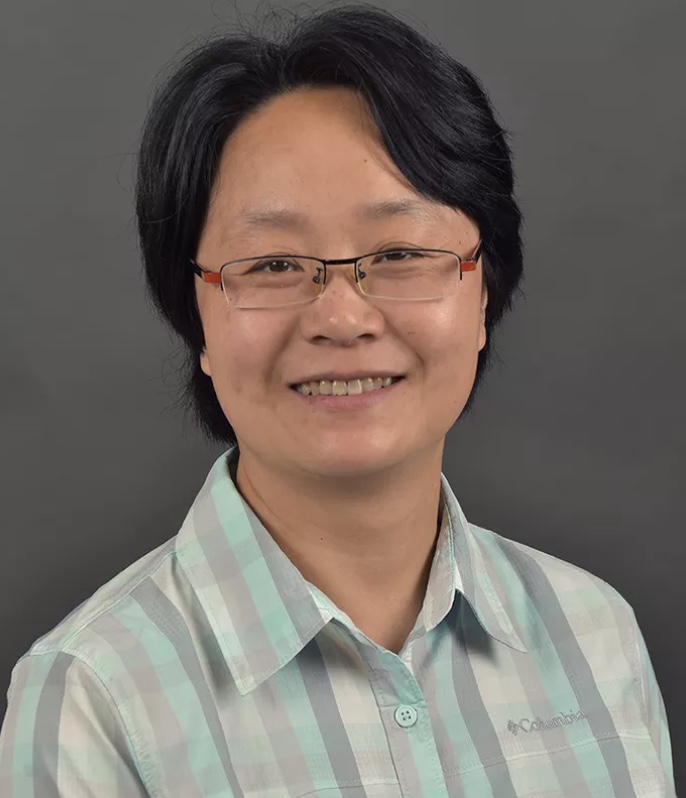
LI XIANG
The biggest takeaway is that I have learned how to design a task-based lesson plan with a sequence of tasks. I also learned the strategy of creating suspense in classroom instruction instead of feeding the students by answering at the beginning, so students can be motivated to complete various authentic tasks. For example, in the lesson plan, for each specific task, we usually ask students to guess, then discuss, and finally present their viewpoints. The third takeaway is the strategy of Dictogloss when students are required to listen for details.
There is not much difference between the lesson plan our group created in the summer and the real teaching: The only difference is that in actual in-person teaching, I divided each lesson into four classes, and used three office hours to provide support for students to complete the pre- and post- tasks. Also, due to the unfamiliarity with the listening strategy of Dictogloss, students spent longer time than planned in the original lesson plan.
In the future, this strategy can be incorporated into daily teaching when dealing with difficult interpretative listening tasks, so students will get used to it.
Overall, the application of the Unit Plan in the fall is very successful. If it were not for the collective efforts of all the group members, the actual delivery of the AI Unit wouldn’t be so successful. The slide deck is very carefully designed and sequenced by students’ cognitive development. The age-appropriate and context-appropriate authentic materials and tasks are loved by students.
I think I have improved a lot in student-centered learning by using authentic tasks in my teaching. Sometimes I film my teaching and keep track of my talking time and students' talking time. I watch the recording and reflect on my teaching later. Meaningful authentic tasks are the key to drive a lesson. By instruction, I do not mean teacher talk (teacher-centered instruction), but students talk (student-centered learning). By talking less, in the classroom, I am busier with coordinating the tasks with the help of slide decks, error correction, checking students’ understanding, timekeeping, etc.
I am very grateful that I have had the opportunity to learn and grow with all the teachers and mentor teachers this year. The more I learn, the more deficiencies I have found in myself, and the more I feel the need to improve. The learning journey never ends.

